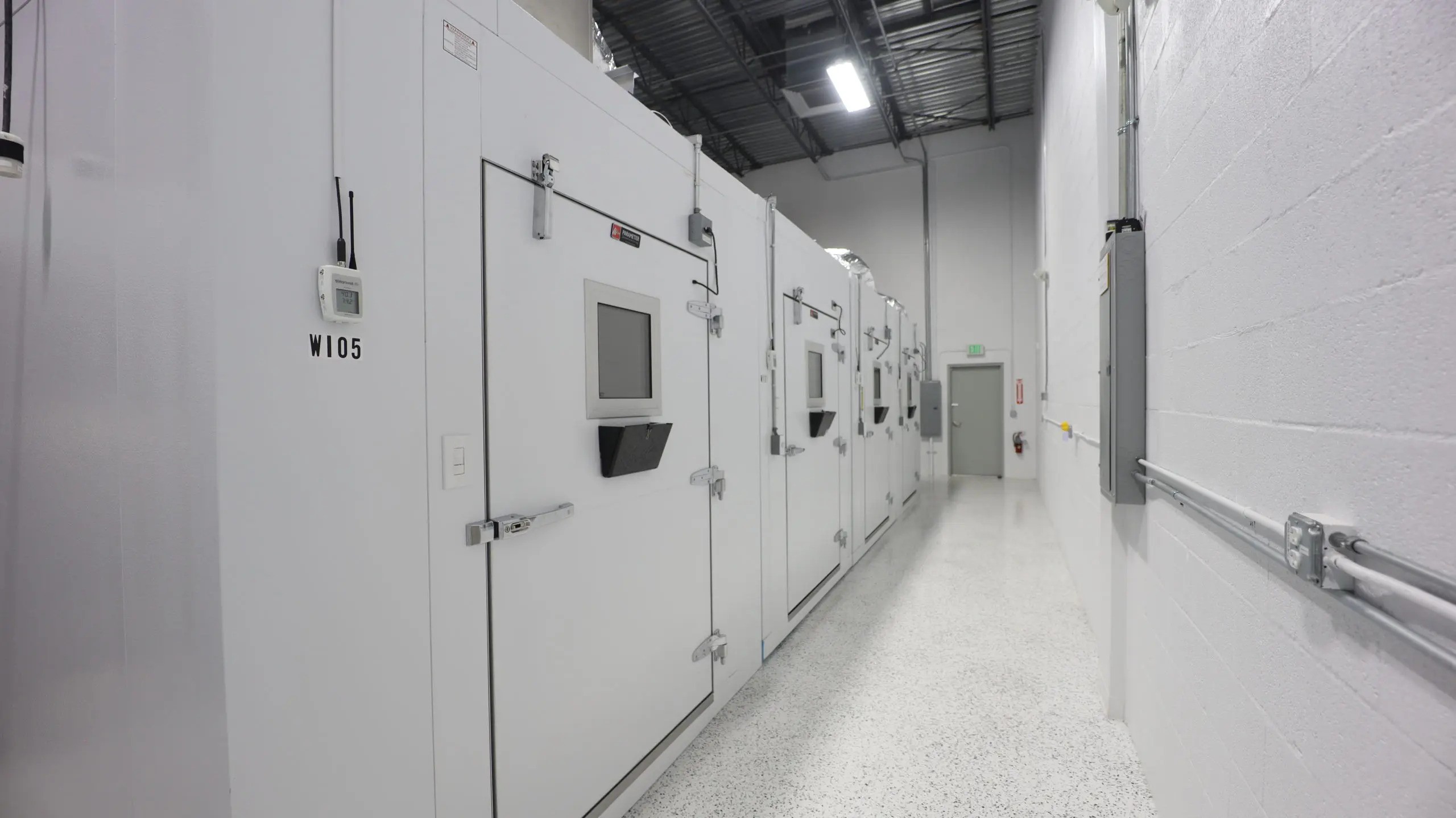In the dynamic and highly regulated world of pharmaceuticals, ensuring product quality and safety is paramount. One critical aspect of this process is the meticulous control of environmental conditions during the manufacturing and storage of pharmaceuticals. Stability chambers play a pivotal role in this regard, serving as guardians of product integrity. In this blog, we delve into the significance of quality assurance in pharmaceuticals and the importance of choosing the right walk in test chamber.
The Essence of Quality Assurance in Pharmaceuticals:
Quality assurance in the pharmaceutical industry is not merely a compliance requirement; it is the cornerstone of safeguarding patient health and trust. The regulatory landscape, governed by agencies such as the FDA, EMA, and WHO, emphasizes the need for robust quality management systems to ensure that pharmaceutical products meet predefined standards.
Pharmaceutical stability testing is a fundamental component of quality assurance, assessing the product’s ability to maintain its physical, chemical, and microbiological properties over time and under various environmental conditions. Stability chambers, designed to simulate real-world storage conditions, play a pivotal role in this process.
Choosing the Right Stability Chamber:
Selecting an appropriate stability chamber is a crucial decision that directly impacts the quality and efficacy of pharmaceutical products. Here are key factors to consider:
- Temperature and Humidity Control:
- Pharmaceuticals are often sensitive to temperature and humidity variations. A stability chamber must offer precise control over these parameters, ensuring that the storage conditions mimic real-world scenarios.
- Uniformity and Distribution:
- Temperature and humidity uniformity within the chamber are critical for reliable stability testing. Uneven conditions can lead to inconsistent results and compromise the accuracy of the stability study.
- Compliance with Regulatory Standards:
- Ensure that the stability chamber complies with relevant regulatory guidelines, such as ICH (International Council for Harmonisation) guidelines. This is crucial for the acceptance of stability data by regulatory authorities.
- Monitoring and Control Systems:
- A state-of-the-art stability chamber should be equipped with advanced monitoring and control systems. This includes real-time data logging, alarms for out-of-spec conditions, and user-friendly interfaces for easy operation.
- Size and Capacity:
- The chamber’s size and capacity should align with the intended use and the quantity of pharmaceutical products to be tested. Having the right size prevents overloading and ensures optimal testing conditions.
- Power Efficiency:
- In an era of sustainability, selecting a stability chamber with energy-efficient features not only reduces operational costs but also aligns with environmental responsibility.
Conclusion:
Quality assurance in pharmaceuticals is a multifaceted commitment to excellence, with stability testing playing a central role in maintaining product integrity. Choosing the right stability chamber is a strategic decision that directly influences the reliability of stability studies and, consequently, the quality of pharmaceutical products.
